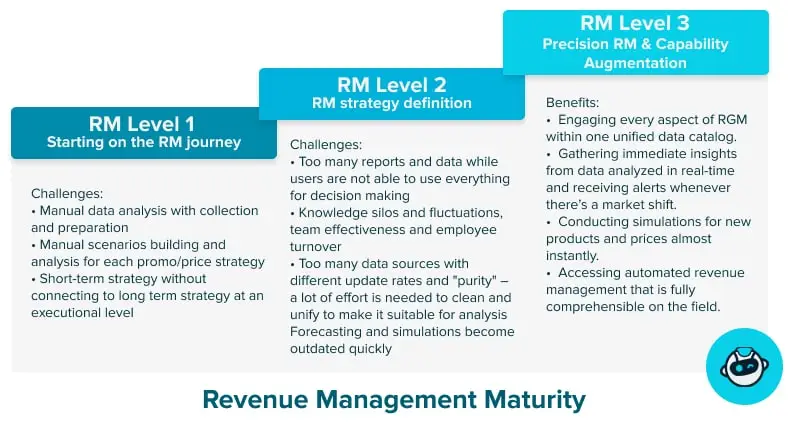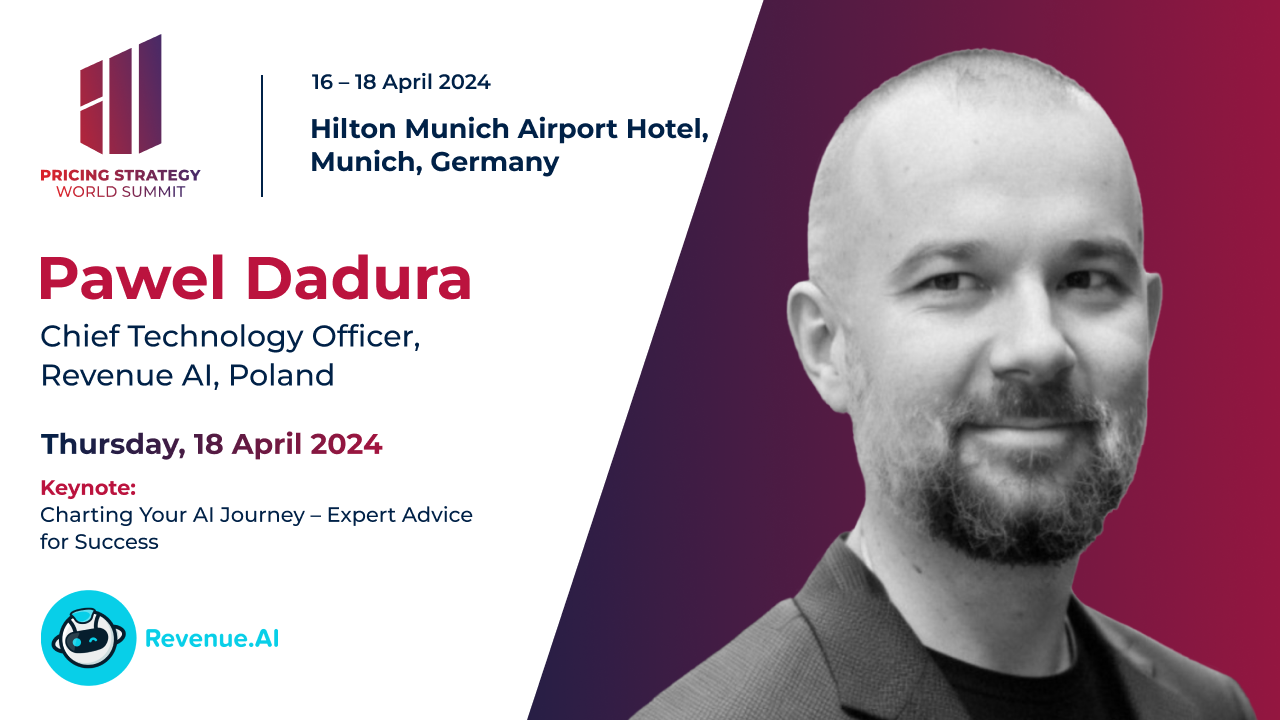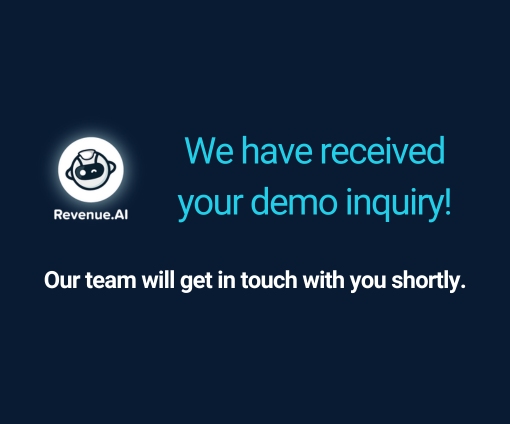Continuously striving to become more profitable is a characteristic of any successful organization. There are many strategies to achieve this aim, from reducing costs to increasing productivity, efficiency and turnover through product innovation and customer engagement. Plenty of gurus and consultants on the market spout their two cents’ worth on the subject for – you guessed it – much more than two cents. But the one area that can make all the difference in terms of revenue is one that is no secret to most: data.
Many multinational companies that adopted RGM early have invested heavily over the past several years to achieve the advantage they hold now.
But that’s on the verge of being disrupted. Organizations that are only discovering RGM now will soon also be able to benefit from harnessing the power of data, but without the considerable cost of initial investment. The added bonus being that, as it is so user-friendly, there’s no need to have a data scientist on the team, or even anyone vaguely capable of creating ML-algorithms.
While developing Revenue AI, our efforts led us to examine what it means to be an RGM capable organization. Along the way, we’ve defined three primary classifications or levels of capability. While formulating a strategy, it’s usually a good idea to know where you are compared to where you want to be, so you can formulate a plan on how to get there.
Let’s take a look!
Three Stages of RGM Capability
As mentioned, major multinationals have already been using RGM strategy for some time now. But for many smaller companies, it’s perhaps a daunting task they know they will eventually need to tackle. To this end, we want to make the process as straight forward as possible. But you can’t plan an expedition unless you have the required supplies, even if you know the destination; it’s a bit like being at the base camp of Mount Everest and wanting to attempt the climb without the equipment and know-how.
Level One: Starting the RM Journey
Some organizations still haven’t started or are in the infancy of their RGM journey. With a basic understanding of the business ecosystem, they are beginning to collect and organize data but realize they don’t have to develop everything themselves. There’s still a lot to learn.
Challenges:
- Manual data analysis with collection and preparation – a lot of work that should be repeated every month/quarter.
- Manual scenarios building and analysis for each promo/price strategy.
- Short-term strategy without connecting to long term strategy at an executional level.
- Inability to analyze the “long tail” and all SKU channels / per category/ per retail.
- Frequency of analysis depending on the ability of the team and not the needs.
Opportunities (How this could work with RAI PaaS):
- Zero manual effort taken in data cleansing and merging.
- All RM business questions covered by RAI RGM playbook.
- The ability to develop global-scaled RGM strategies.
- Managing short-term strategy while keeping long-term strategy in focus.
- Defining key categories, competitors, consumers and channels in a scalable way.
- Frequency of analysis depending only on frequency of data updates.
- Being able to afford and put top-level IT and data science talent or even architecture and resources to effective use – without hiring new people.
Level Two: RM Strategy Definition
Organizations at this level have integrated RGM into their global operations. Already engaged in conducting simulations with AI on price and product combinations, they are still building on organizational capabilities, knowledge, and market data.
Challenges:
- Optimizing market share in a constantly evolving, volatile market.
- Too many reports and data while users are not able to use everything for decision making.
- Too many data sources with different update rates and “purity” – a lot of effort is needed to clean and unify to make it suitable for analysis.
- Knowledge silos and fluctuations, team effectiveness and employee turnover.
- Forecasting and simulations become outdated quickly.
Opportunities (How this could work with RAI PaaS and RAI Base):
- Having a helicopter view on all products, brands, channels, and markets.
- Speed up access to information and reports x10 with intelligent assistant
- Accessing faster and more effective simulations and recommendations with AI-driven engine.
- Getting more insights with additional data sets (for example e-commerce) to furtherexpand vision and strategy.
- Accessing historical benchmarking and back-testing recommendations for past action impacts.
- Building organizational capability and foster the data-driven decision culture, innovation, transformation, and change with virtual Center of Excellence.
Level Three: Precision RM and Capability Augmentation
Companies and every RM team member at this level benefit from having more automated versions in place. In addition to gathering reports, conducting data analysis and simulations on-demand, they have access to the information they need in an easily digestible format almost instantaneously.
But this can only be made possible with artificial intelligence in combination with our intelligent assistant, RAI, that provides augmented analytics and is as easy to interact with as Siri or Alexa.
AI-driven tools are at the core of Revenue AI and its four primary modules: Precision Pricing, Tailored Promotions, Profitable Mix and Portfolio Architecture; all available within the virtual Center of Excellence.
RAI virtual CoE is key in transforming the challenges faced by RGM into next generation RGM capabilities, such as:
- Accessing and interacting with RAI, anywhere, from any modern mobile device or PC.
- Engaging every aspect of RGM within one unified data catalog.
- Gathering immediate insights from data analyzed in real-time by RAI.
- Conducting simulations for new products and prices almost instantly.
- Receiving alerts whenever there’s a market shift.
- Receiving “Stop Action” alerts to avoid activities that hinder revenue growth.
- Managing manually or automating responses according to specific parameters for fast moving markets.
- Breaking down knowledge silos and improving collaboration organization-wide.
- Accessing automated revenue management that is fully comprehensible on the field.
- Measuring the effectiveness of RM decisions and intervening in real time.

Leapfrogging Technologies
Until recently, developing an RGM strategy was an arduous and costly process that required passing sequentially through a lengthy process. But with advances in cloud technologies, it’s possible to bypass steps and adopt the newest version immediately. In this way, RGM level 1 and 2 organizations can immediately begin reaping the rewards of Revenue AI and dramatically accelerate their RGM Strategy.
Revenue AI, in addition to providing an on-demand revenue growth management Platform-as-a-Service and virtual Center of Excellence, also supplies in-depth and tailored consulting services in revenue growth management, transforming RGM into a process that is surprisingly swift, painless, and affordable.






